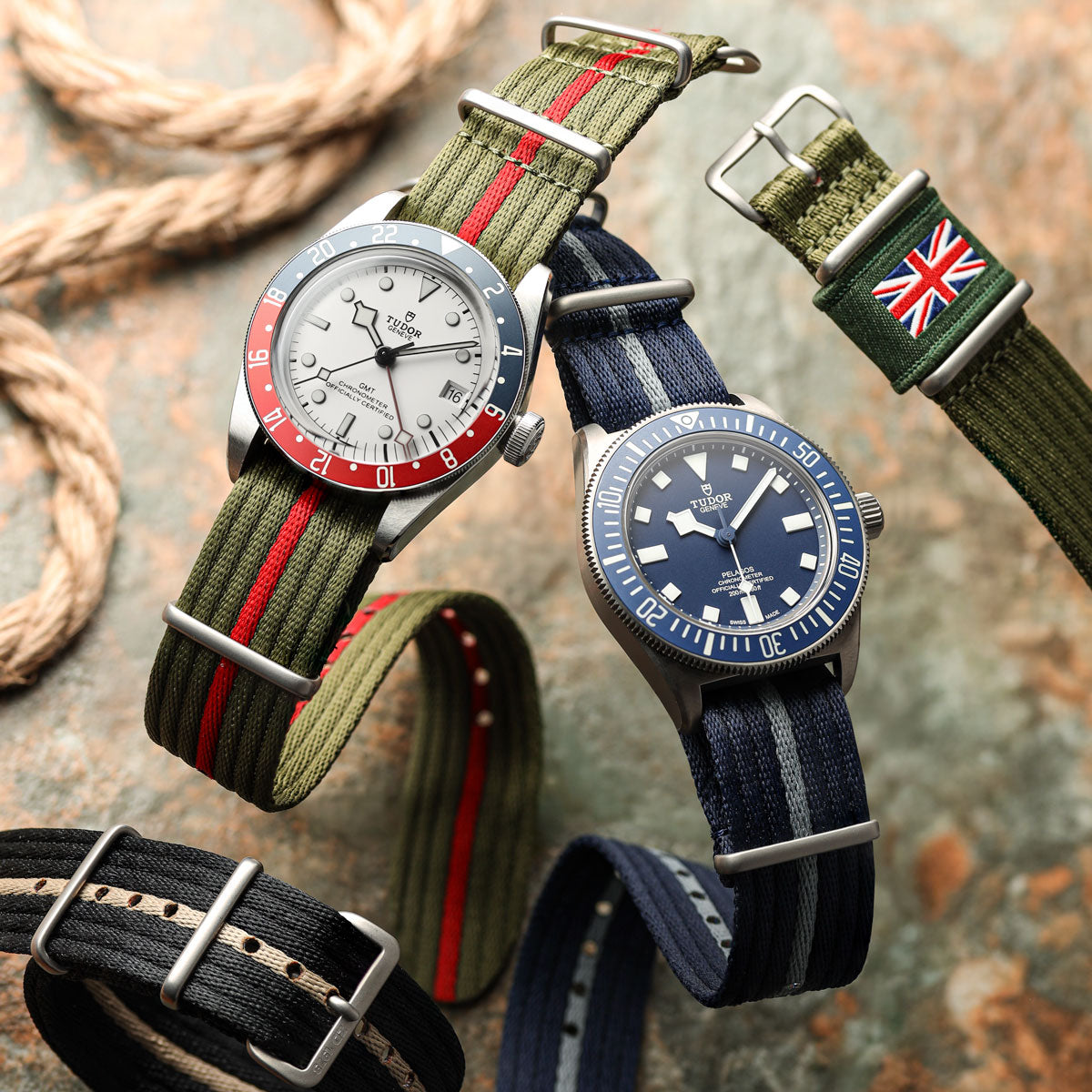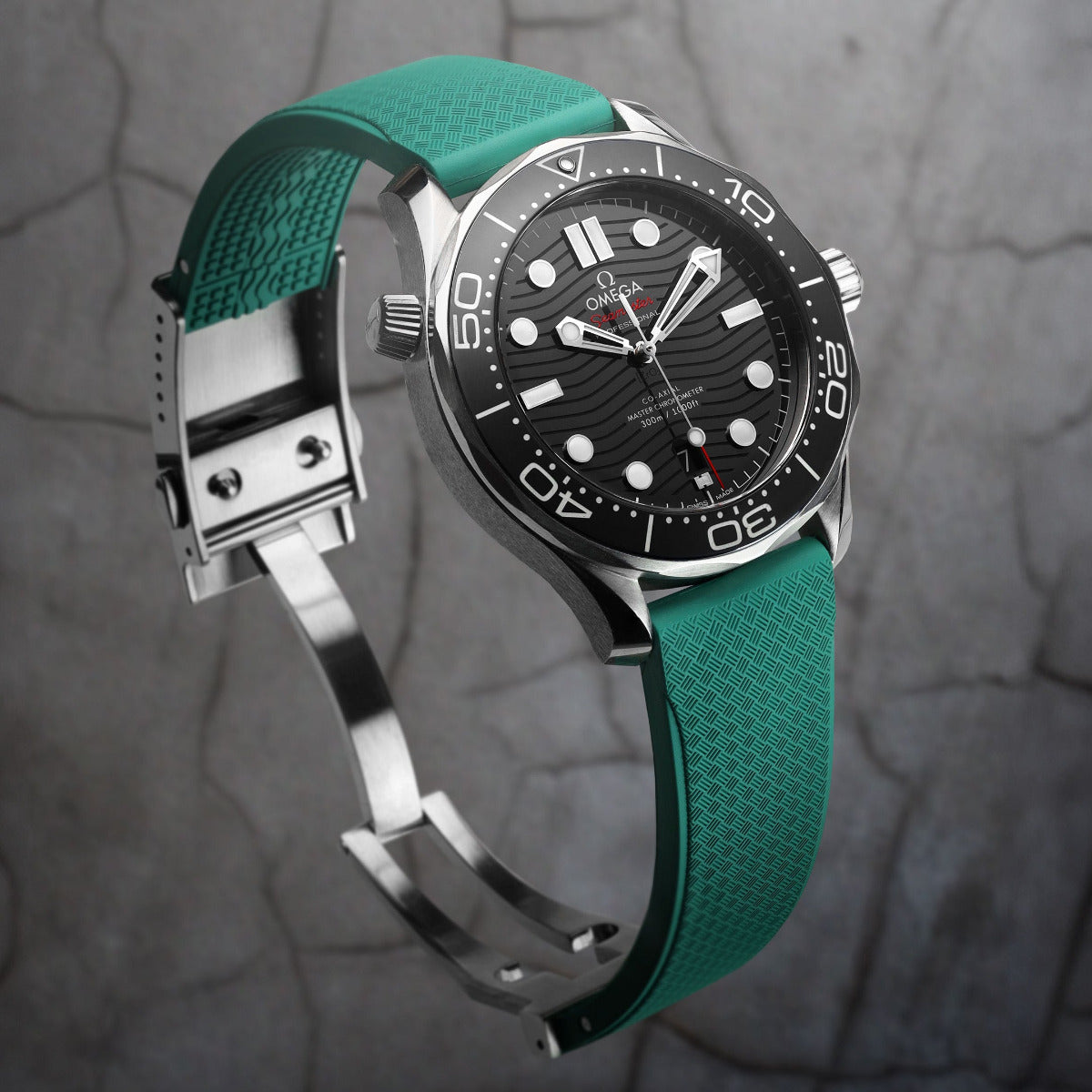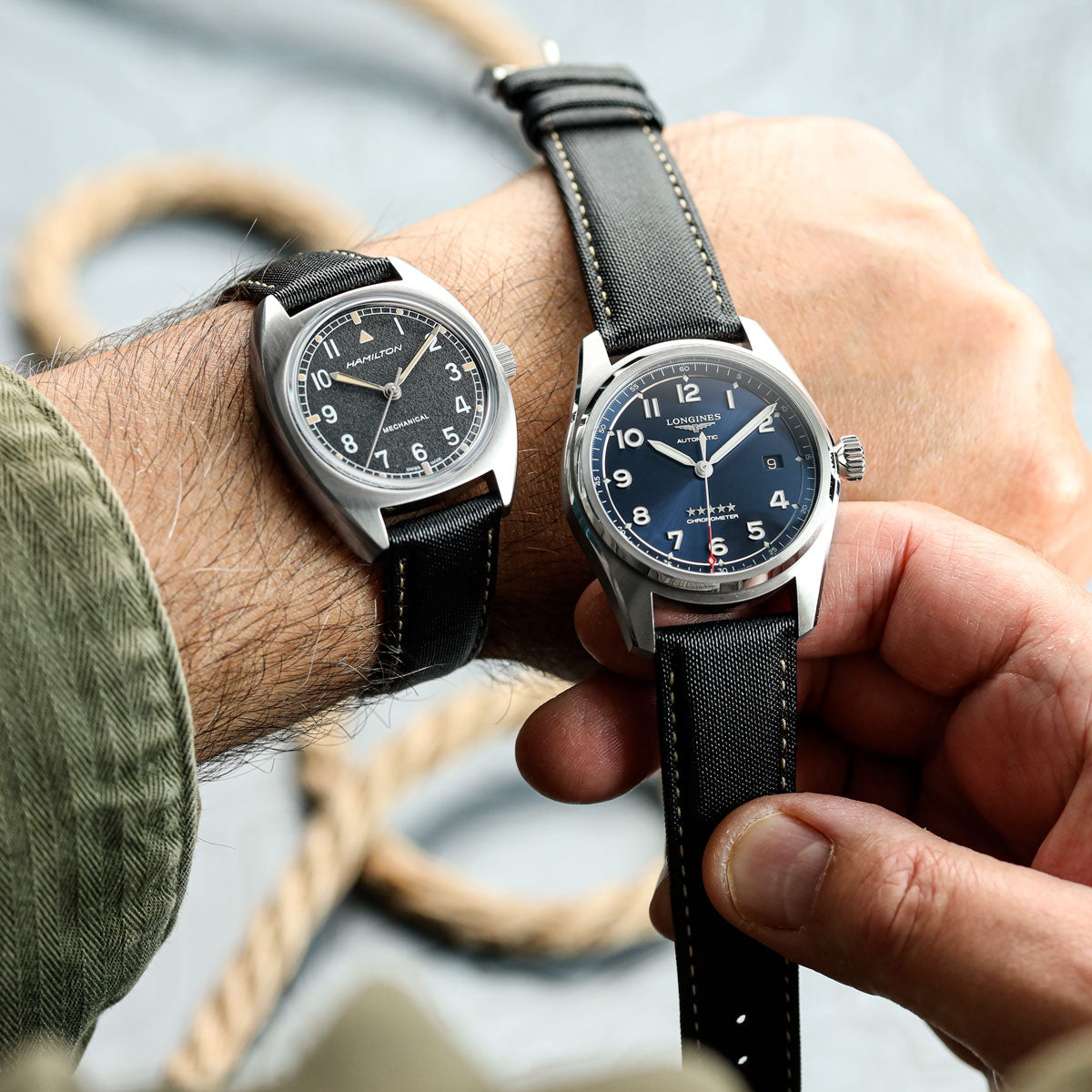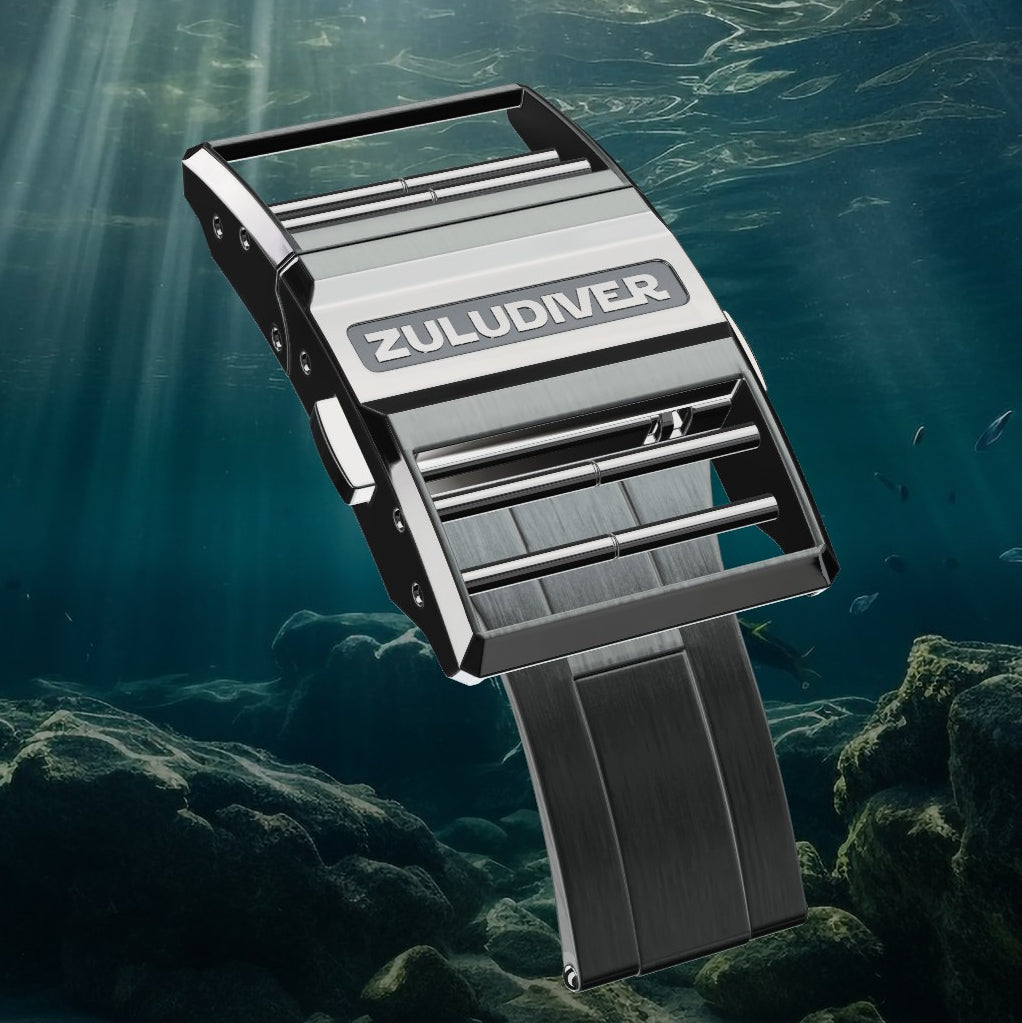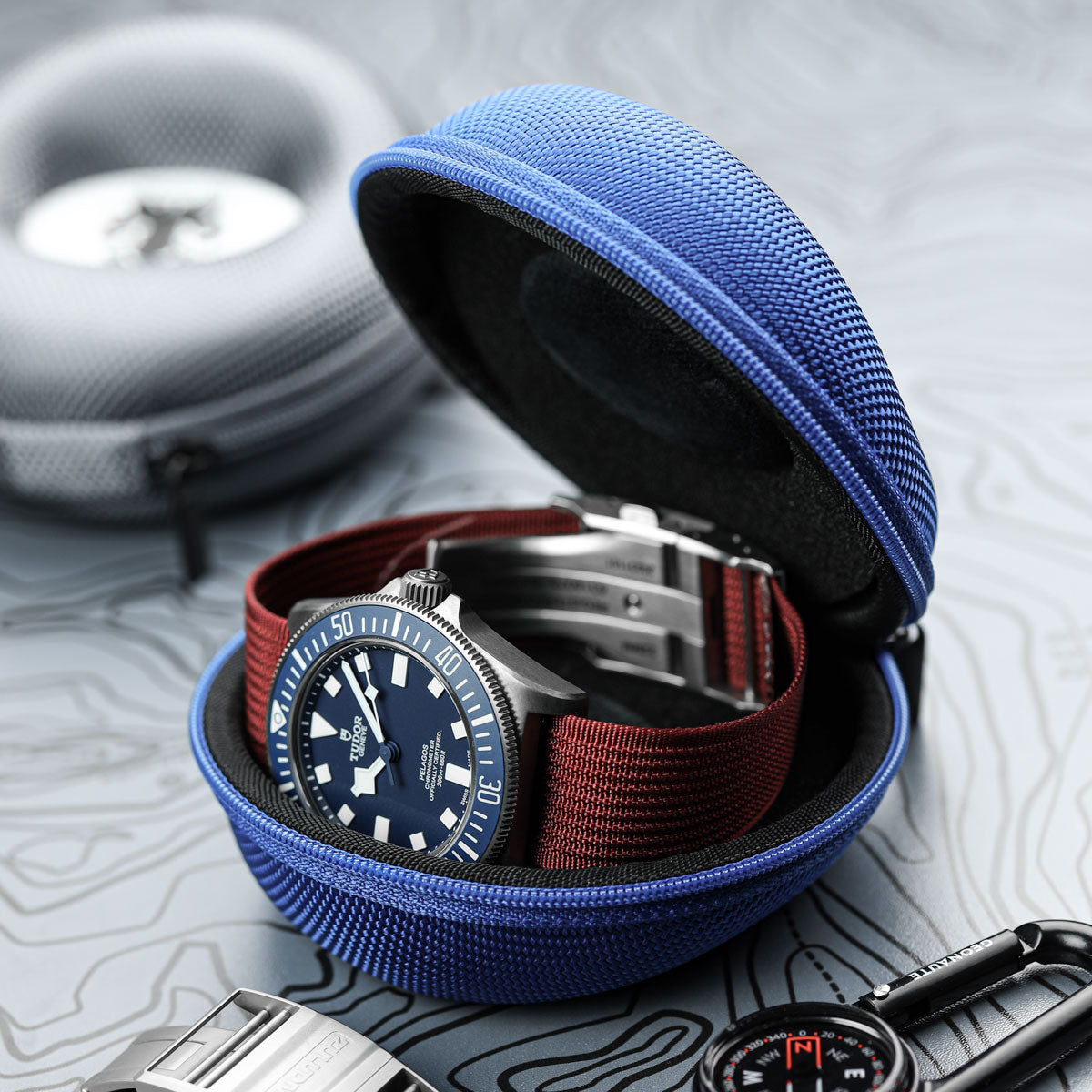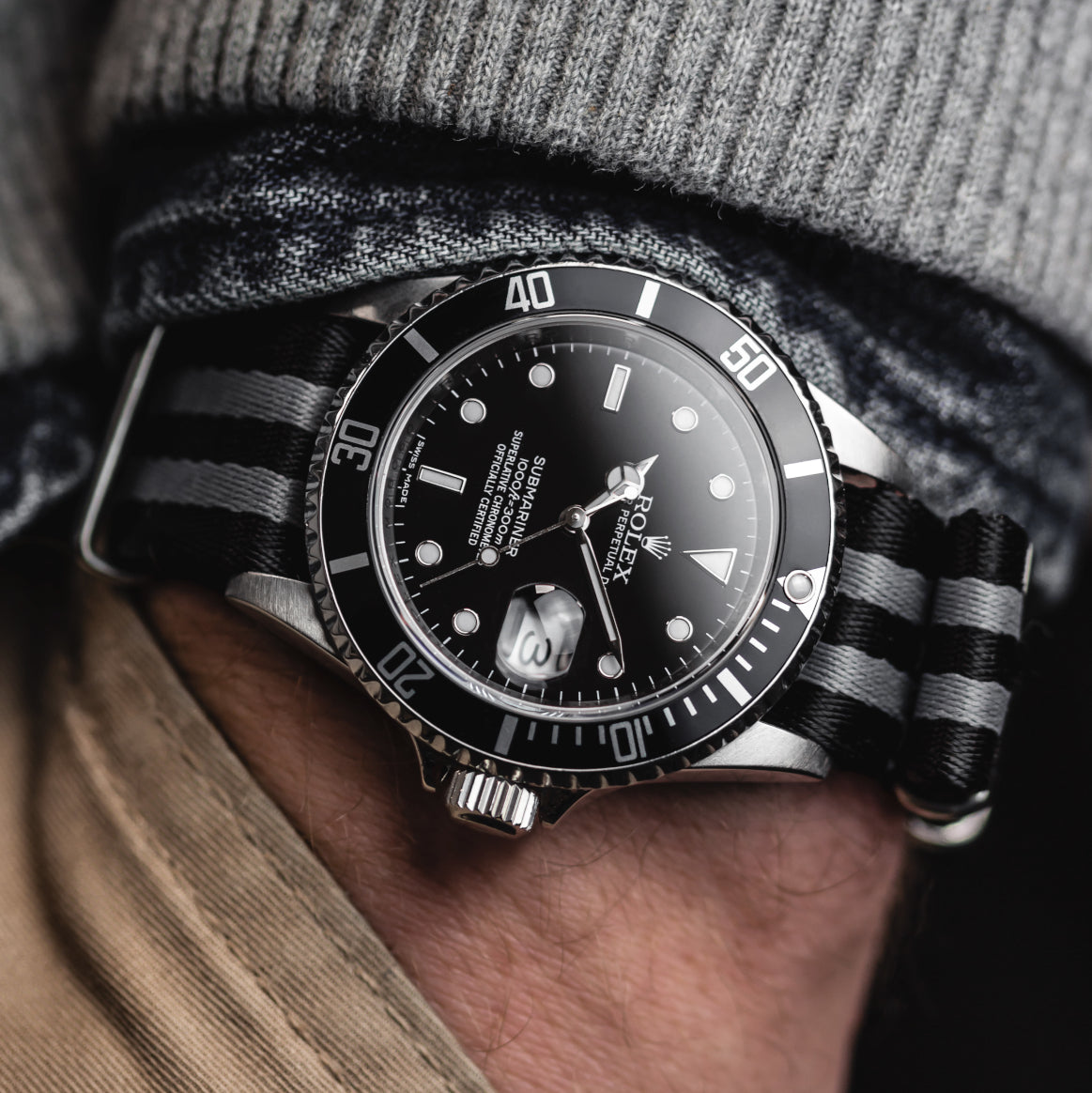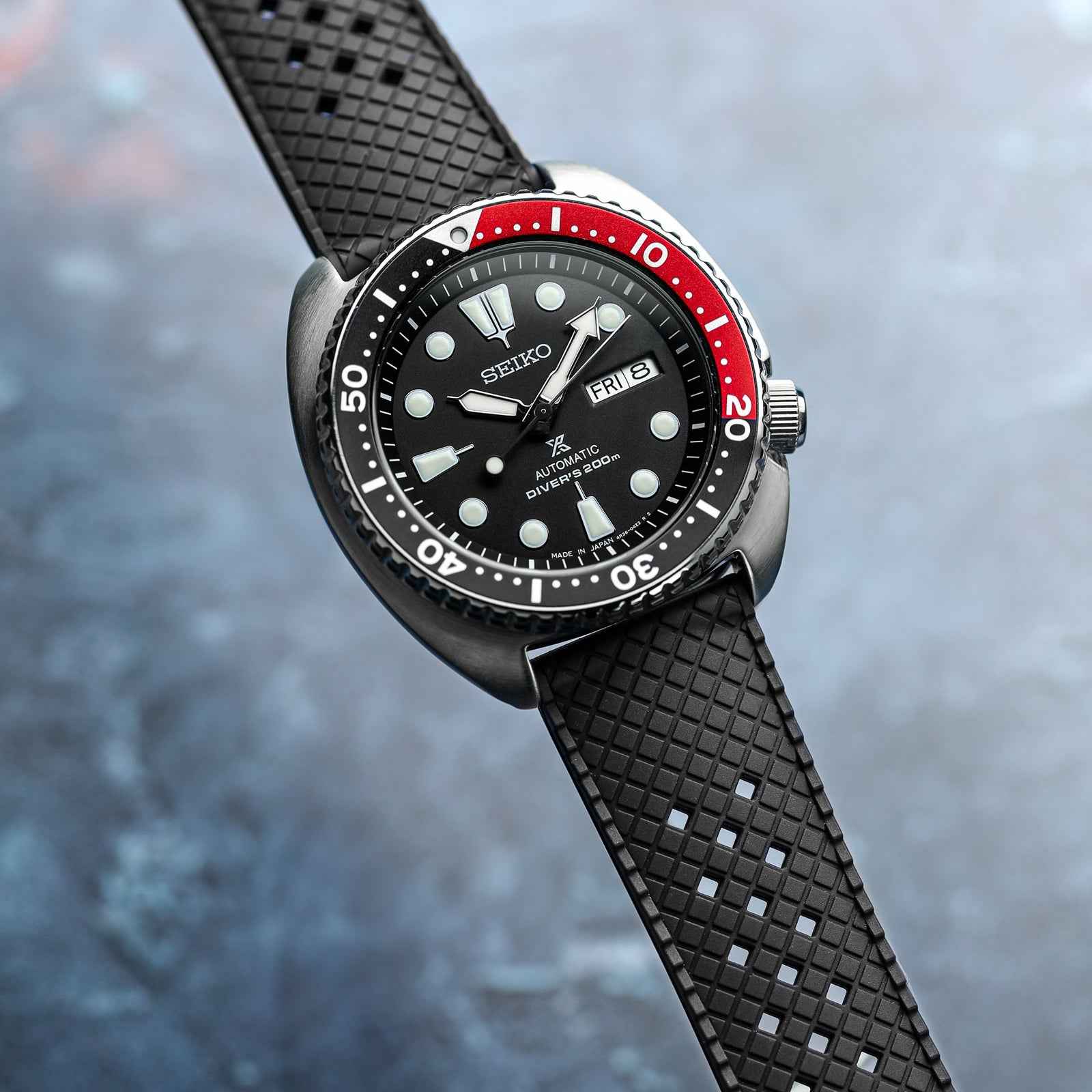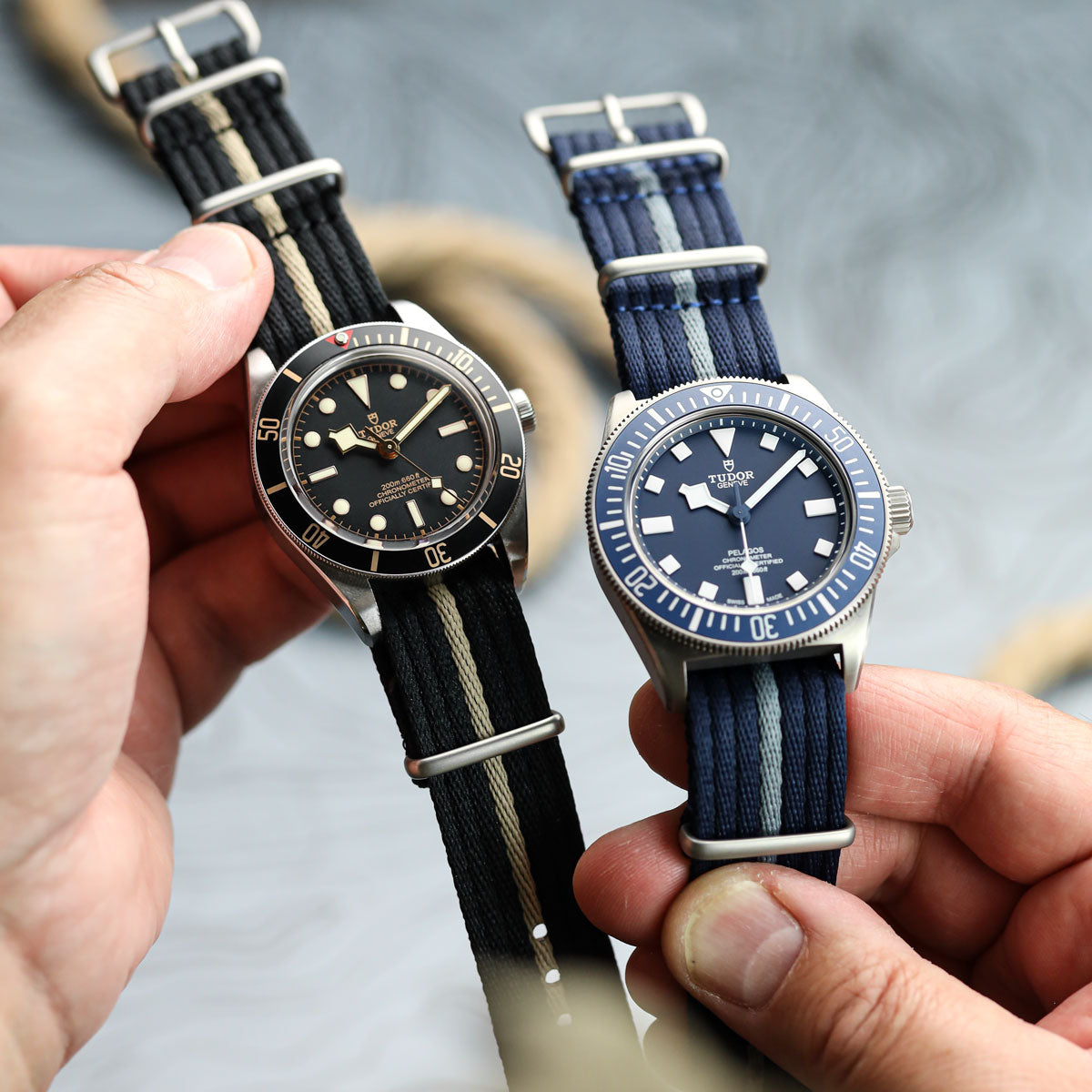Your Cart is Empty

Marine Conservation on the Cornish Coast - Life at The Lobster Hatchery
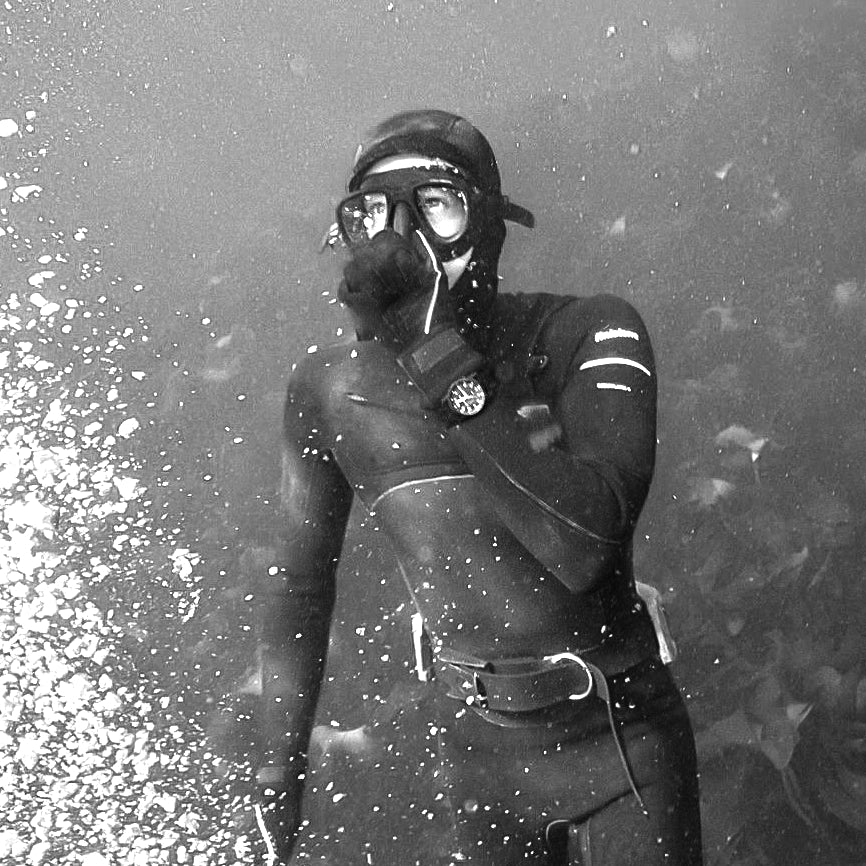
Categories
October 01, 2021
Marine conservation is a hot topic at the moment. Plastic pollution is a worldwide problem and climate change is set to alter natural systems at a rate never before seen by human eyes. But the ocean is a resource, and one which we heavily rely on. Oceans produce up to 80% of the oxygen we breathe and over 3 billion people rely on them for their primary source of protein, from fishing.

In the UK one of the iconic species we fish for is the European lobster. A favourite in restaurants and a commodity that helps sustain the quaint fishing villages and communities that make our coastline famous worldwide.
My day job is unique. I am responsible for egg-bearing (pregnant) lobsters and tens of thousands of their offspring at The National Lobster Hatchery in Padstow, a charity that rears newly hatched lobsters (larvae) to more robust juveniles and releases them back into the sea to relieve some of the pressure that comes from fishing and changing environmental factors.

For the first few weeks of their life lobsters are extremely vulnerable; they float around in ocean currents as part of the zooplankton, and serve as an easy meal for any number of fish species. It's thought that just 0.005% of wild hatched lobsters will make it to adulthood. After a few weeks though they settle on the seafloor, and if they make it this far the likelihood of making it to adulthood greatly increases. The idea of the hatchery is that by getting them through their vulnerable first stages of life in controlled conditions (without the predators!) we improve the overall survival rate.

Life in the hatchery is busy, especially from spring to autumn when most of the hatching happens. My daily duties can involve (but aren't limited to) moving newly-hatched lobsters or older juveniles between the five filtrated seawater systems, monitoring water chemistry and leading tours and talks for schools and universities. Young lobsters are fragile and develop quickly so everything is done on a tight schedule. Timing is key; being outside the optimal conditions for even a short time can prove disastrous for a young lobster.

For me, the most exciting part of the job is getting out to the local harbours and to sea, working closely with local fishermen who provide us with egg-bearing pregnant lobsters and also help us release juveniles back to the sea. Releases also take place with the help of local dive groups, usually with lobsters that are a few months old. At this age and crucially with the change in lifestyle of living on the seafloor rather than in the plankton, the chances of them making it to adulthood are now up to 80%.

It often feels like the majority of human effort when it comes to our seas is focussed on removing things, whether it's negative (e.g. overfishing) or positive but to combat a negative (e.g. removing and reducing pollution) so it's nice to be putting something good back in!

About the Author: Chris Weston
About the Author: Chris Weston
Chris Weston is a writer and surfer based in the South West of England. He has a passion for adventure and a love for the ocean, and often combines the two by seeking out remote surf spots in his home region and beyond. Weston's writing focuses on the surfing lifestyle, environmental issues, and the challenges faced by surfers in today's changing world. Chris is also an experienced surfer, and spends much of his free time chasing waves along the Cornish coastline.
More Articles by Chris Weston

